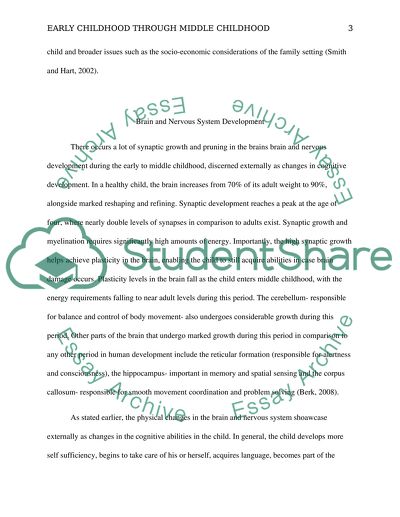Cite this document
(“Children from Early Childhood through Middle Childhood Research Paper”, n.d.)
Retrieved from https://studentshare.org/psychology/1441356-children-from-early-childhood-through-middle
Retrieved from https://studentshare.org/psychology/1441356-children-from-early-childhood-through-middle
(Children from Early Childhood through Middle Childhood Research Paper)
https://studentshare.org/psychology/1441356-children-from-early-childhood-through-middle.
https://studentshare.org/psychology/1441356-children-from-early-childhood-through-middle.
“Children from Early Childhood through Middle Childhood Research Paper”, n.d. https://studentshare.org/psychology/1441356-children-from-early-childhood-through-middle.


